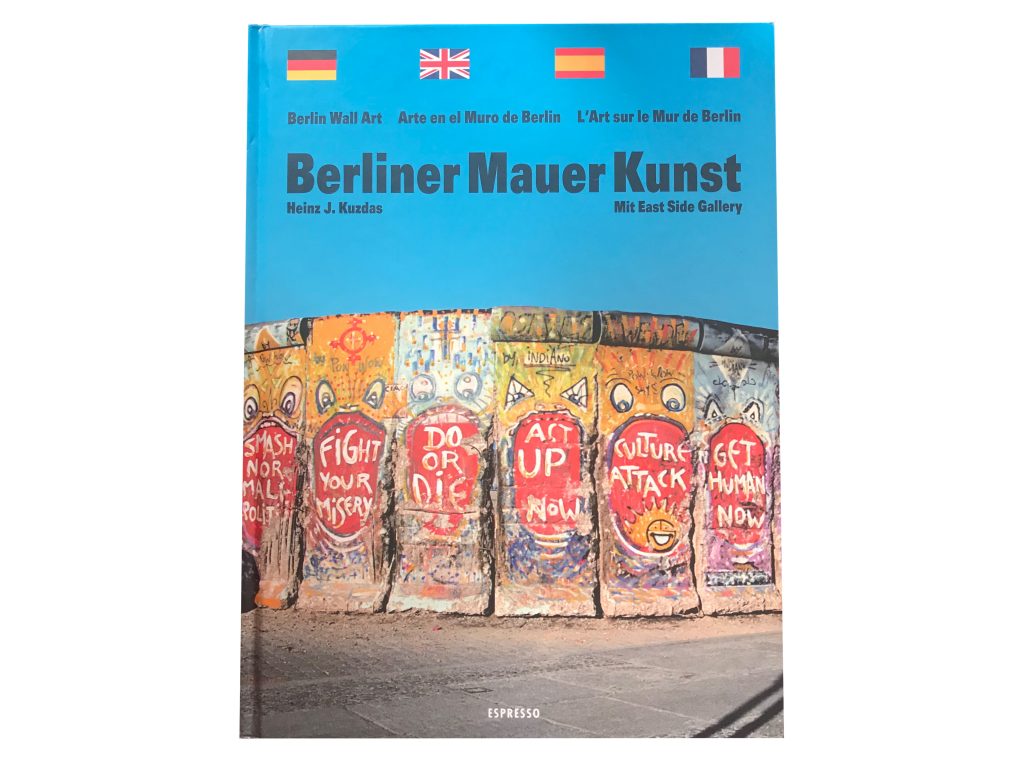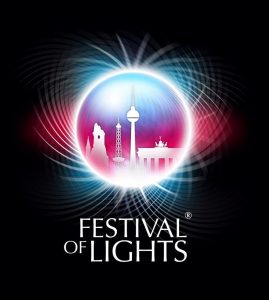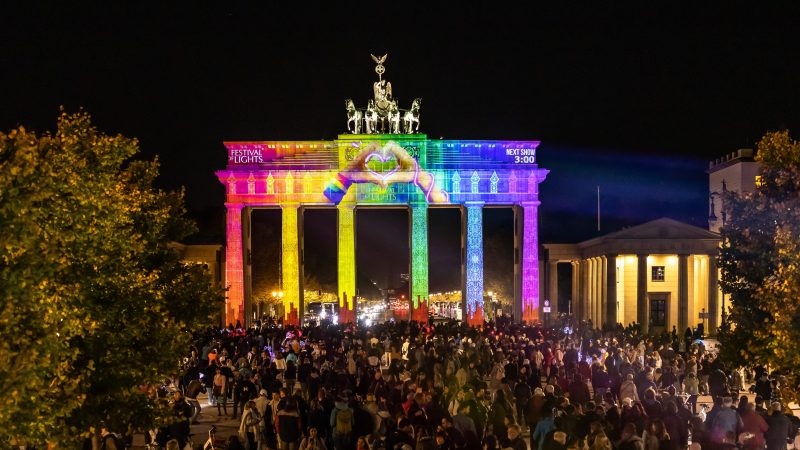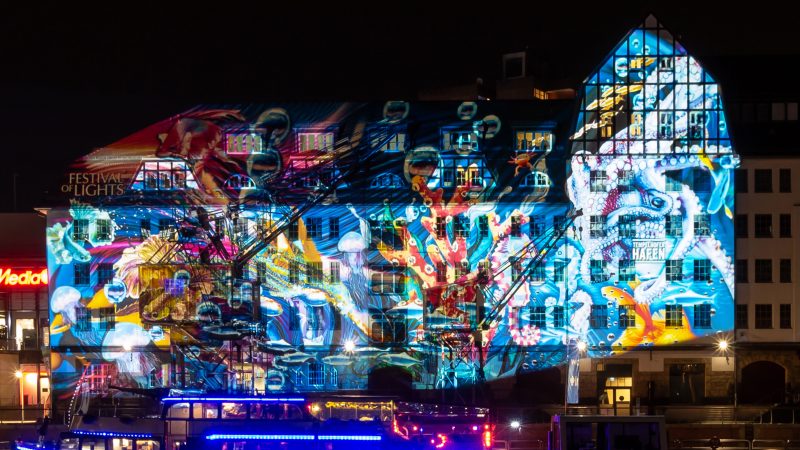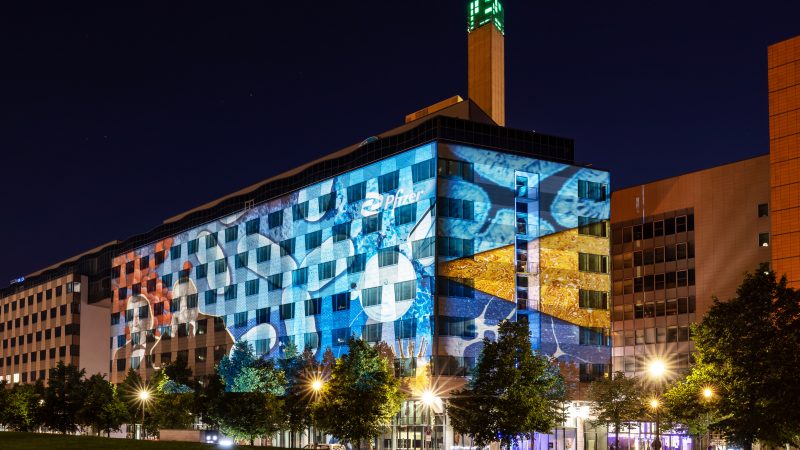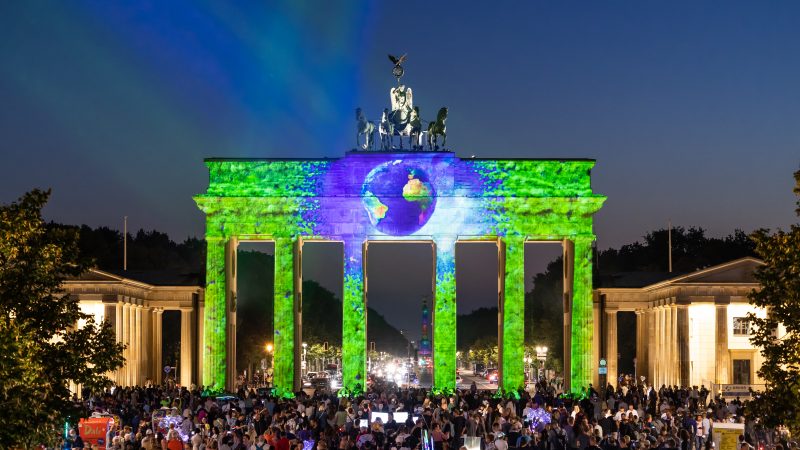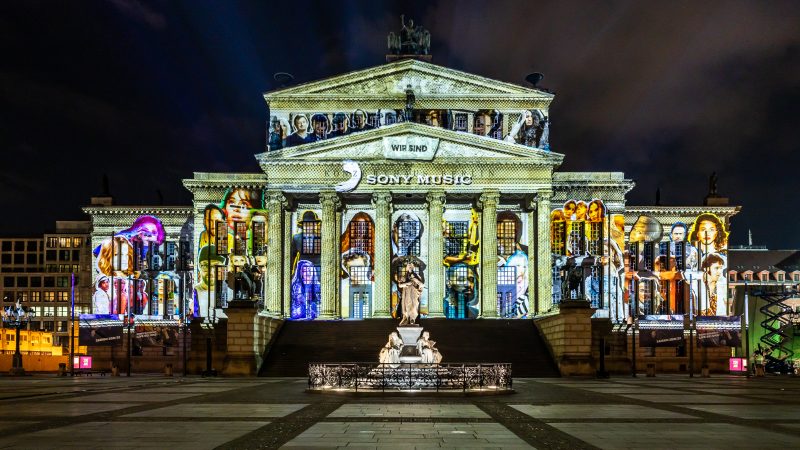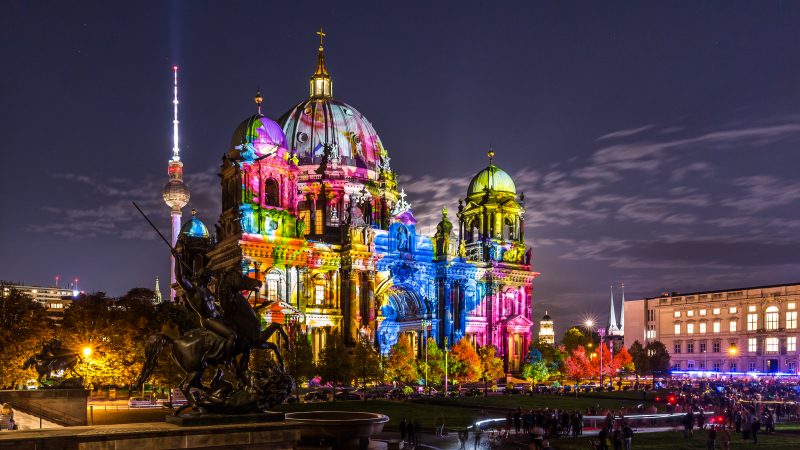Berlin Wall Art
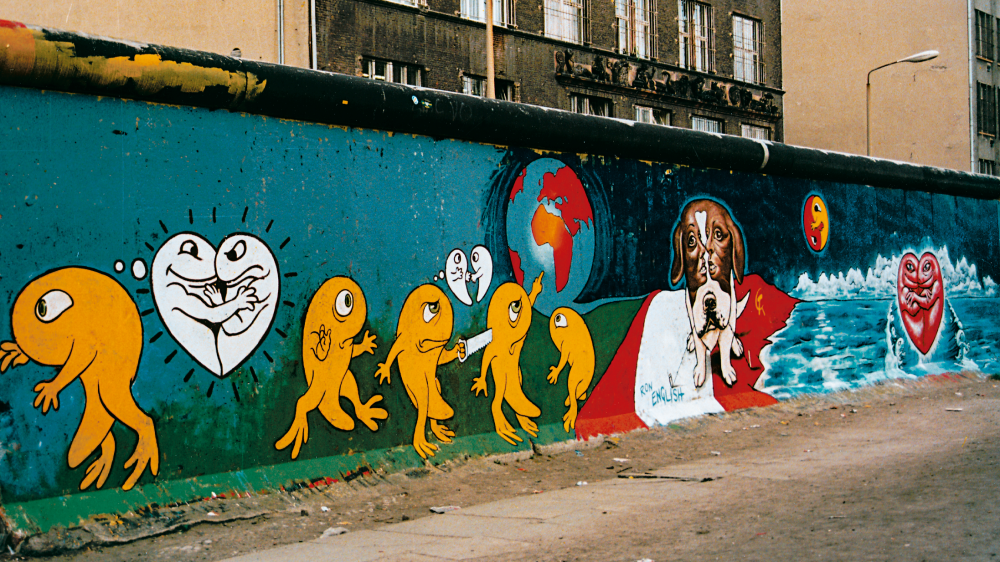
Thierry Noir, Keith Haring, Christophe-Emmanuel Bouchet. They all gathered in Berlin, transforming the grey Berlin Wall with other artists into a multicolored, vibrant collective work of art, and contributed with color and humor to the horrific symbol of separation and division its coldness and seriousness.
Even after the Berlin Wall fell, images of the Wall Artworks remained in people’s minds. Memories of the pain of separation, longing for freedom, and an artistic revolution. Heinz J. Kuzdas, a West Berlin photographer, played a significant role in this, he documented the constant changes in the masonry with his camera for the posterity, and assembled them in his book “Berliner Mauer Kunst, Mit East Side Gallery”.
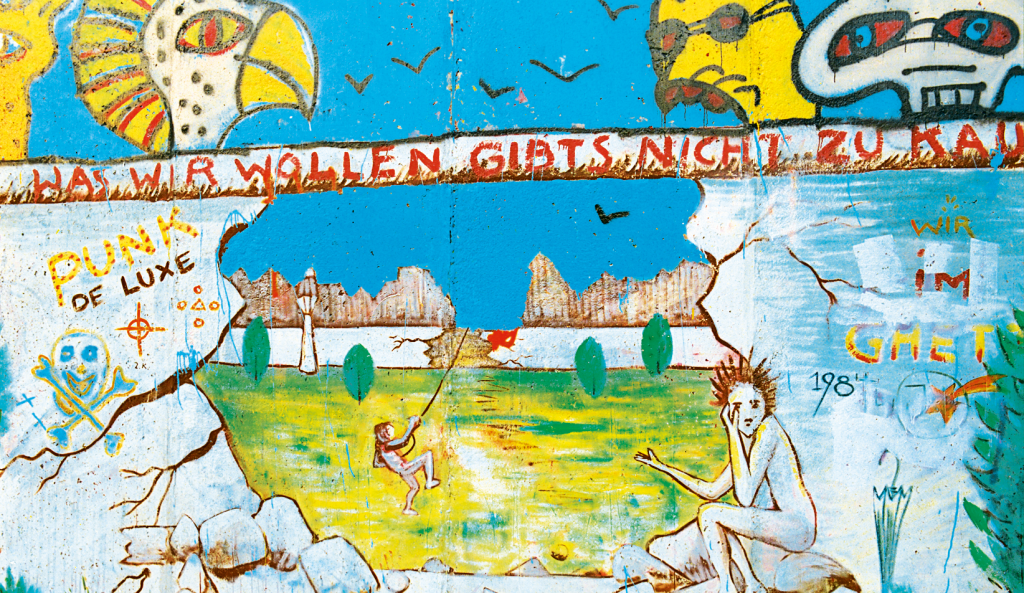
The development of the Art on the Berlin Wall
For masonry art, the modernization of the Wall that began in 1963 was of essential importance. The barbed wire fence evolved into a brick wall and finally into the world-famous whitewashed concrete wall of terror. Paradoxically, it was these naked, cold, and homogeneous reinforced concrete slabs that provided people with the opportunity to create art to the extent with whom we associate the wall today.
Initially, the Berlin Wall was adorned only with raw, sporadic graffiti slogans. Through the student movement of 1968, posters, leaflets and slogans gradually brightened the Wall, but it was not until the Sponti movement which, along with scribbles by children and tourists, launched the artistic painting of the Berlin Wall in the late 1970s, which then in the 1980s focused on pictorial representations.
Therefore the French artists Thierry Noir and Christophe Bouchet acted as pioneers of large-scale and above all humorous wall painting. Their chain of 42 colorful Statues of Liberty achieved worldwide fame. Also, the artist Keith Haring came to Berlin to paint the Wall. He transformed the Statues of Liberty into a new work of art. This constant development was common. In some cases, wall paintings were changed overnight into new representations, which made strolling along the Berlin Wall resemble the observation of a dynamic work of art.
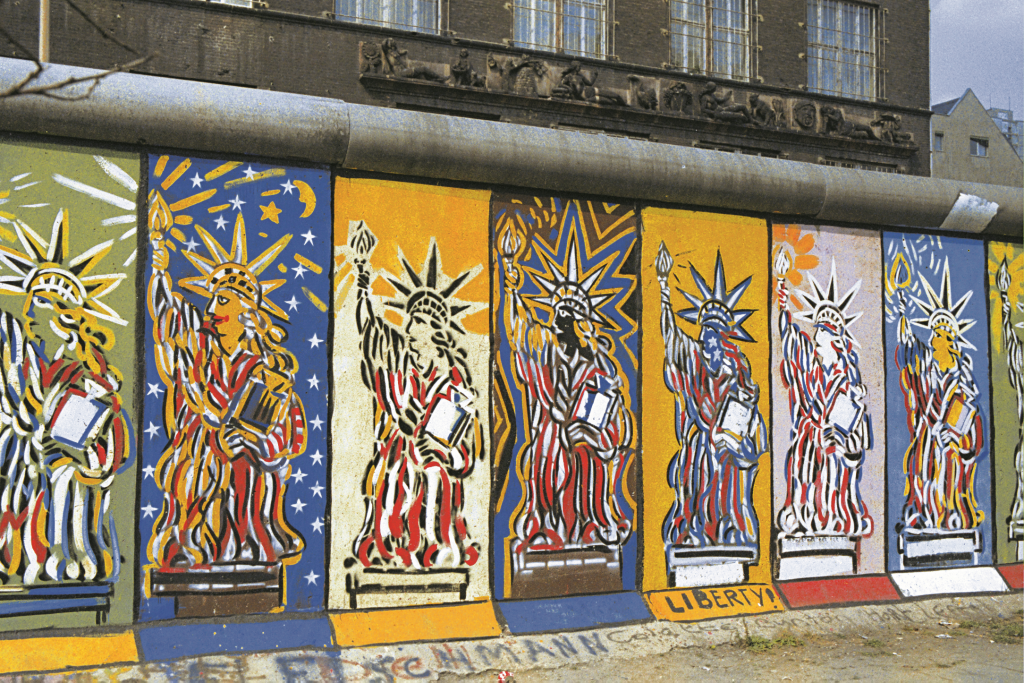
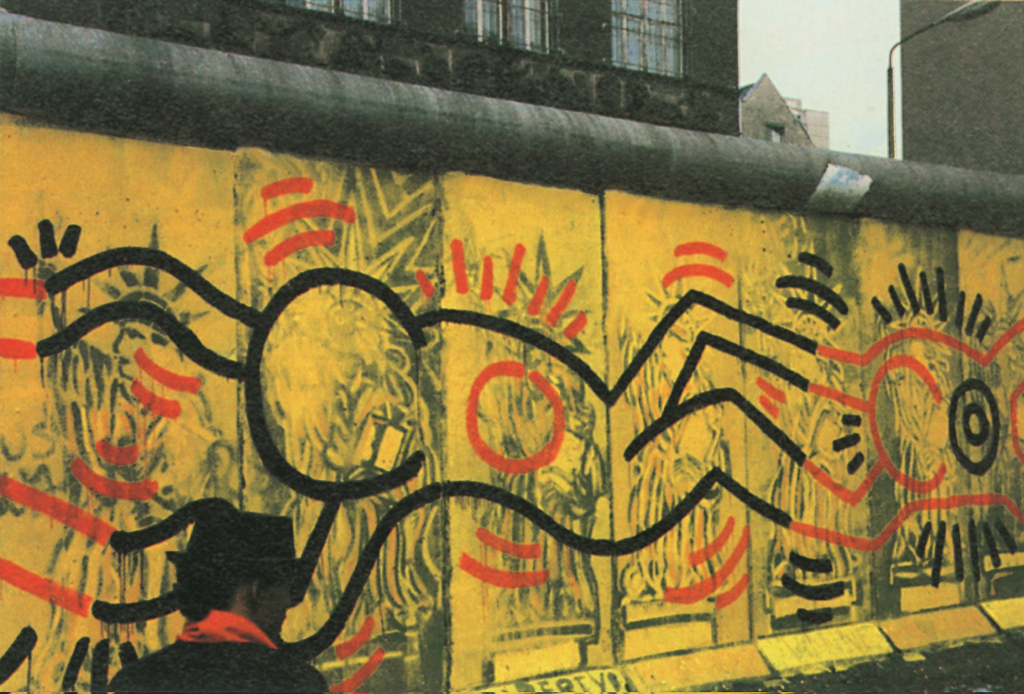
That’s what motivated Heinz J. Kuzdas on the daily excursions with his daughter Carolin, to always carry his camera with him, allowing him to capture the constantly changing wall art. Therefore, between 1982 and 1989, he took almost 3000 pictures, which have been admired in more than 100 exhibitions worldwide.
When the Wall fell on November 9, 1989, its art disappeared as well. Regardless if it was a professional excavator or a small hammer, more and more parts of the former border disappeared in the following months. Some would surely rather forget the time of the Berlin Wall, but as Walter Momper, Berlin’s mayor between 1988 and 1990, said: “With the pulling-down of the Wall, many of the sometimes beautifully painted parts are bound to disappear as well. […] It is important for the Wall to be remembered for being a concrete proof of political failure as well as for the way people got adjusted to and integrated it into everyday life by painting it.” (p.4, “Berliner Mauer Kunst, Mit East Side Gallery” translated by Heinz J. Kuzdas and Oliver Mechcatie)
This memory survives in the book “Berliner Mauer Kunst, Mit East Side Gallery” by Heinz J. Kuzdas. In addition to the photographs, the book is containing the history of the Wall, the development of Wall painting and poetry, and the history of the Wall strip after the fall of the Wall. All texts are written in German, English, Spanish, and French.
You can order the book here.
